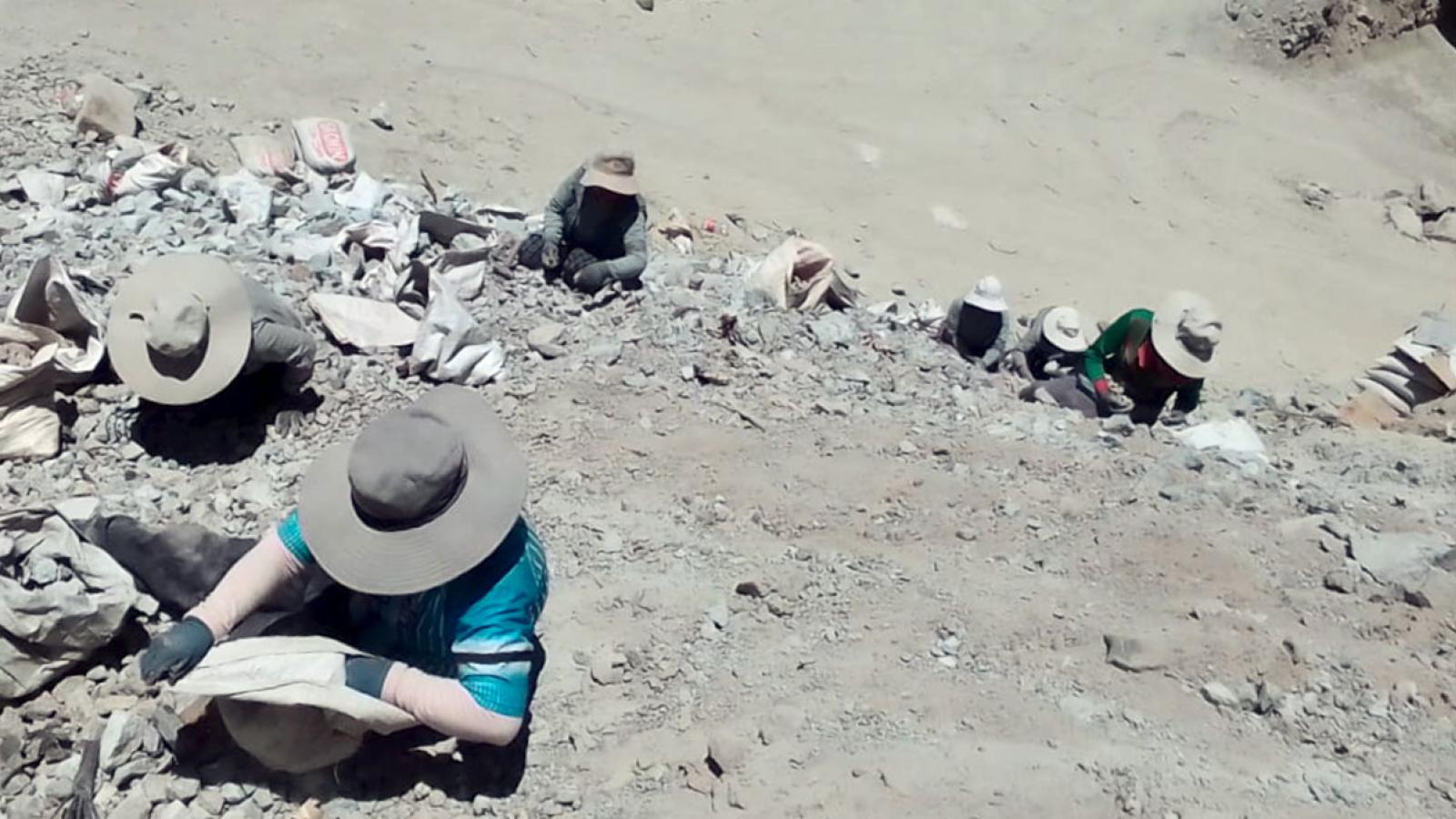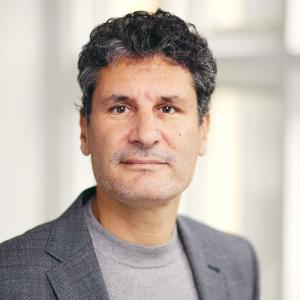Towards improved formalisation of artisanal and small-scale mining in Peru
Artisanal and small-scale mining provides employment to millions in the Global South but workers often lack rights and protections. A recent ODID research project explored the obstacles to improved formalisation.

Artisanal and small-scale mining (ASM) plays a key role in many countries of the South. It gives employment to millions of people and contributes a significant share of global trade in gold and other minerals. In Peru, ASM accounts for almost one-fifth of total gold production.
Unfortunately, small-scale and artisanal miners are often ‘informal’ – in other words they are not registered with or regulated by the state. Formalisation brings miners into the orbit of the state, which provides protections, in the form of social and labour rights, but equally obligations, such as taxes and compliance with labour and environmental requirements.
In the case of Peru – the site of our research – successive attempts to expand the formalisation of ASM have failed. While large-scale mining has benefited from state support, artisanal and small-scale miners have often been regarded as backward and confrontational.
We received funding from La Joya, a gold processing company, to identify the obstacles to the formalisation of ASM in the gold industry and make proposals for change. In collaboration with the Pacífico University in Lima, we undertook fieldwork in Lima and Arequipa, interviewing policymakers and ASM leaders, organising focus groups and visiting some mining sites. The research team also gathered evidence in two other regions, La Libertad and Madre de Dios, to ensure that we took into account different regional dynamics of ASM.
Our research, which resulted in a policy document launched in Lima last October, identified a number of obstacles to the formalisation of ASM in the Peruvian gold sector. Current legislation fails to account for the diversity of the sector: it imposes the same obligations on individuals or very small collectives of miners working independently as it does on small-scale mining companies with hundreds of workers; policies also neglect differences between distinct regions and geologies, as well as different ways of mining.
State practices at the national and regional levels also create challenges. The regional governments tasked with regulating ASM and promoting formalisation lack sufficient capacity in terms of financial resources and personnel. Their budgets, allocated by central government, arrive late in the financial year, giving them limited time to spend, whilst central government-set targets focus on numbers of formalisation applications processed, disincentivising a long-term strategy. For miners, formalisation procedures are cumbersome and expensive: according to some estimations, miners would need to spend between US$20,000 and US$50,000 and might wait up to three years to formalise.
Limited incentives to formalise
More generally, state institutions are largely absent from ASM areas, thus reducing miners’ incentives to formalise. Why should artisanal and small-scale miners pay taxes when they have little access to public education, healthcare or basic infrastructure? Additionally, miners face challenges implementing adequate labour and environmental practices and navigating the tax system.
The management of land concessions is a particularly difficult problem. At the moment, the right to exploit land tends to be in the hands of wealthy individuals and companies who often neither mine nor allow artisanal and small-scale miners to mine. Such actors can hold concessions unused for up to 30 years with minimal penalties. Moreover, the broader concession regime includes many other concession rights (such as forestry), and the resulting complexity is inadequately managed by public institutions.
Resolving all these problems and progressing the formalisation of ASM in Peru – as in many other countries – will take time and demand significant political capital. Our research proposed changes in four broad areas. We call for a new narrative that values the economic contribution of ASM and recognises its key social role. We make proposals to expand the presence of the state in mining communities and rethink its contribution in many areas, from productivity enhancement to training in health and safety. We recommend new procedures in areas such as taxation and miner registration to facilitate cheaper and more efficient formalisation, particularly for subsistence miners. We also make a number of proposals to reform public policy, strengthening strategic planning, improving the interaction between national and regional governments and enhancing state capacity.
Of course, implementing all these reforms is easier said than done. This is why we call for a new political economy approach that focuses on future trajectories. For example, a simplified formalisation process for subsistence miners could increase the number of formalised miners quickly, creating incentives for further investment in the sector. Pilot projects to improve local public services could increase the connection between local communities and the public sector and reduce obstacles to formalisation at the local level. The ultimate challenge is to strengthen pro-formalisation actors and create new incentives so that the process of formalisation continues step by step in years to come.


